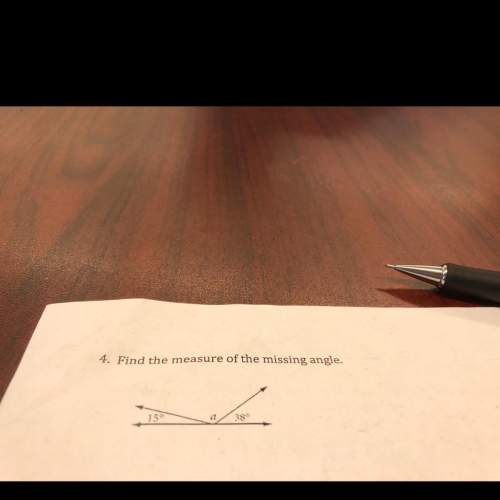
Mathematics, 16.05.2020 12:57 moneybabyy38
The following is an incorrect flowchart proving that point L, lying on line LM which is a perpendicular bisector of segment JK, is equidistant from points J and K:
Segment JK intersects line LM at point N.
Line LM is a perpendicular bisector of segment JK; Given. Two arrows are drawn from this statement to the following two statements. Segment JN is congruent to segment NK; Definition of a Perpendicular Bisector. Angle LNK equals 90 degrees and angle LNJ equals 90 degrees; Definition of a Perpendicular Bisector. An arrow is drawn from this last statement to angle LNK is congruent to angle LNJ; Definition of Congruence. Segment LN is congruent to segment LN; Reflexive Property of Equality. Draw segment JL and segment KL; by Construction. Four arrows from the previous four statements are drawn to the statement triangle JNL is congruent to triangle KNL; Side Angle Side, SAS, Postulate. An arrow from this statement is drawn to the statement segment JL is congruent to segment KL; Corresponding Parts of Congruent Triangles are Congruent CPCTC. An arrow from this statement is drawn to JL equals KL; Definition of Congruence. An arrow from this statement is drawn to Point L is equidistant from points J and N; Definition of Equidistant.
What is the error in this flowchart?
JL and KL are equal in length, according to the definition of a midpoint.
Point L is equidistant from endpoints J and K, not J and N.
The arrow between ΔJNL ≅ ΔKNL and segment J L is congruent to segment K L points in the wrong direction.
An arrow is missing between the given statement and ∠LNK ≅ ∠LNJ.



Answers: 1


Another question on Mathematics

Mathematics, 21.06.2019 17:00
The magnitude, m, of an earthquake is defined to be m=log l/s, where i is the intensity of the earthquake (measured by the amplitude of the seismograph wave) and s is the intensity of a “standard” earthquake, which is barely detectable. what is the magnitude of an earthquake that is 1,000 times more intense than a standard earthquake? use a calculator. round your answer to the nearest tenth.
Answers: 1

Mathematics, 21.06.2019 17:30
Which of the following equations is of the parabola whose vertex is at (2, 3), axis of symmetry parallel to the y-axis and p = 4? a.)y-3 = 1/16 (x-2)^2 b.)y+3 = -1/16 (x+2)^2 c.)x-2 = 1/16 (y-3)^2
Answers: 3

Mathematics, 21.06.2019 19:30
If the ratio of sum of the first m and n terms of an ap is m2 : n2 , show that the ratio of its mth and nth terms is (2m − 1) : (2n − 1).
Answers: 3

Mathematics, 21.06.2019 21:00
Which expression is equivalent to 16 in exponential form? a) 4 × 4 b) 8 × 2 c) 23 d) 24
Answers: 2
You know the right answer?
The following is an incorrect flowchart proving that point L, lying on line LM which is a perpendicu...
Questions





Mathematics, 27.07.2019 06:30


English, 27.07.2019 06:30

History, 27.07.2019 06:30




Mathematics, 27.07.2019 06:30

History, 27.07.2019 06:30

Biology, 27.07.2019 06:30

History, 27.07.2019 06:30

Social Studies, 27.07.2019 06:30

Social Studies, 27.07.2019 06:30






